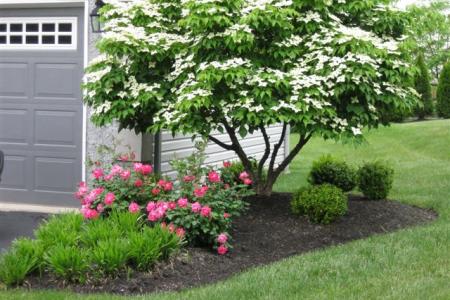Easy do’s and don’ts for digging and amending soil.
You just made a trip to the nursery and you’re excited to get planting. All of us have been filled with anticipation to get the new plant in the ground and watch it flourish. Have you ever wondered, “What should I put in the bottom of the hole when I plant?” and “How big should I dig the hole?”. Follow these two rules to give yourself the most success when planting.
Dig a BIG enough hole.
The number one mistake most people when planting is not digging a BIG enough hole. Dig a hole wider (NOT DEEPER) than the plant root ball to loosen the surrounding soil. An old gardening adage is that it’s better to dig a five-dollar hole for a fifty-sent plant than to dig a fifty-cent hole for a five-dollar plant. Unless you are blessed with unusually perfect and un-compacted soil, anything you plant will not grow as well or as fast in a small hole.
Amending the soil.
We all wonder if we should amend our soil to give our new plant its best shot to thrive and adapt to its new home. In most cases, DO NOTHING.
Your soil is comprised of four things: air, mineral particles (clay, sand, silt), water and organic material. The organic matter should make up no more than 5-10 percent of the total mix. Air and water occur in the spaces between the mineral particles and the organic material. Not enough air, the soil gets compacted and plants suffer. Too much water, the plants drown. In most yards in southeastern Pennsylvania, there’s a lot of clay soil. Clay has a small pore size size, usually holds moisture in wet weather and hardens when dry. But resist the urge to add sand to improve drainage since this usually results in cement.
Another inclination is to add a lot of organic material. But the downside of that is that over a few years, compost or organic material breaks down resulting in a sunken hole. A sunken hole traps excess water and the plant drowns. Initially, the plant’s roots might love the compost you add to the bottom of the hole, but once it hits the surrounding native soil, it will stop and revert back into the pocket of compost.
Tease the root system since many plants are often pot-bound when they come from the nursery. By breaking up the plant’s root mass you have the opportunity to point any circling roots outward. Don’t be timid about breaking the roots up…they are extremely hardy. In addition, water deeply with a slow trickle for a length of time appropriate to the size of the root mass.
If you’re planning a new landscaping installation and feel you don’t have adequate horticultural knowledge or design ability, leave it to the professionals. Contact Whitehouse Landscaping or call 484-300-4290 for expert design and installation of trees, shrubs, gardens, perennials and annuals. Our landscaping installation crews are highly trained and committed to high quality workmanship and customer service. We’re here to help you!

